As crowd funding has gone from an eccentric oddity no one believed would work to a commonplace household name in the gaming industry, there has been a string of failures that led many to prophesy the death of sites like Kickstarter, IndieGogo, GoFundMe, etc.
While that’s probably a premature (and incorrect) prediction, there’s no doubt that some gaming fanatics are thinking twice before donating to a campaign these days, due to titles either arriving in less-than-polished states… or not arriving at all.
Moderately OK No. 9
The latest high-profile flop has been the Mega Man spiritual successor Mighty No. 9, which consistently made headlines over the last few years with a slew of delays and poor marketing decisions that had backers hopping mad.
Now that the game is actually out (well, for some – more delays await Xbox 360 players), the reviews are tanking, with backers not feeling all the money or the wait was worth the end result. As of this writing, Mighty No. 9 has “mixed” Steam reviews, with 443 positive and 429 negative. Metacritic gives it a 50/100 – as badly average as you can get.
 Insert sad trombone sound here
Insert sad trombone sound here
That’s got to hurt for the developers, especially considering how long the development process dragged on and how much fan money they took. The game started with a goal of $900,00 and made a whopping $3,845,170 from Kickstarter, with over $4 million actually raised including PayPal donations. How does a $4 million dollar game end up so lack luster?
Crowd Funding – A Mixed Bag
There are plenty of other crowd funded games to look to for comparisons to see where they went wrong.
Pillars of Eternity, for instance, had a similar funding goal ($1,100,000), a similar built-in fan base wanting a return to a classic style, and made a similar amount of money ($3,986,929). It even had a delay, originally being estimated for a 2014 release and actually coming in March of 2015.
Despite all those similarities, the difference in reception and fan feedback is like night and day. Pillars easily made the top mentions in our look at the state of RPGs in 2015 and was voted best game of the year by several staff members here at GameSkinny.
Now to be fair, there was a bit of a backlash and a minor “scandal” over a fan-generated grave marking that had a less-than-classy joke on it, but overall, we can call PoE a success.
Of course Pillars and No 9. are in completely different genres, even if they had so much else in common — so perhaps its not fair to compare them, especially considering the long and storied history Obsidian Entertainment has in game development.
Unfortunately, the problem only gets worse when you compare apples to apples, as there are retro platform games that have incredibly solid gameplay and didn’t make nearly as much in crowd funding (or in some cases, weren’t even crowd funded at all).
Shovel Knight, for instance, made a paltry $300,000 – 10X less than Mighty No. 9 – and has overwhelmingly positive reviews, currently sitting at 5,700 positive and 200 negative on Steam.
Clearly the issue isn’t with the funding medium itself, but rather with what is being done with those funds once they are acquired.
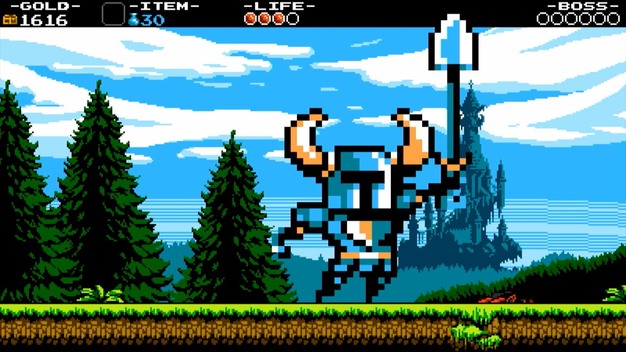 You’ve got every reason to be proud Shovel Knight!
You’ve got every reason to be proud Shovel Knight!
Retro Kickstarter Flops – And A Glimmer Of Hope
We can’t lay all the criticism on No. 9’s doorstep however – there have been other reboots to attempt similar retro revolutions that failed to truly stoke a fire within gamers.
Project Scissors (released as NightCry) is another crowd funded title that benefited strongly from the tug of nostalgia, convincing fans of the early Clocktower games to fork over cash for a return to what they loved about the original titles.
In the end, nearly all of them hated what was eventually released. Even the positive reviews frequently bring up the terrible bugs, clunky controls, and unsatisfying endings.
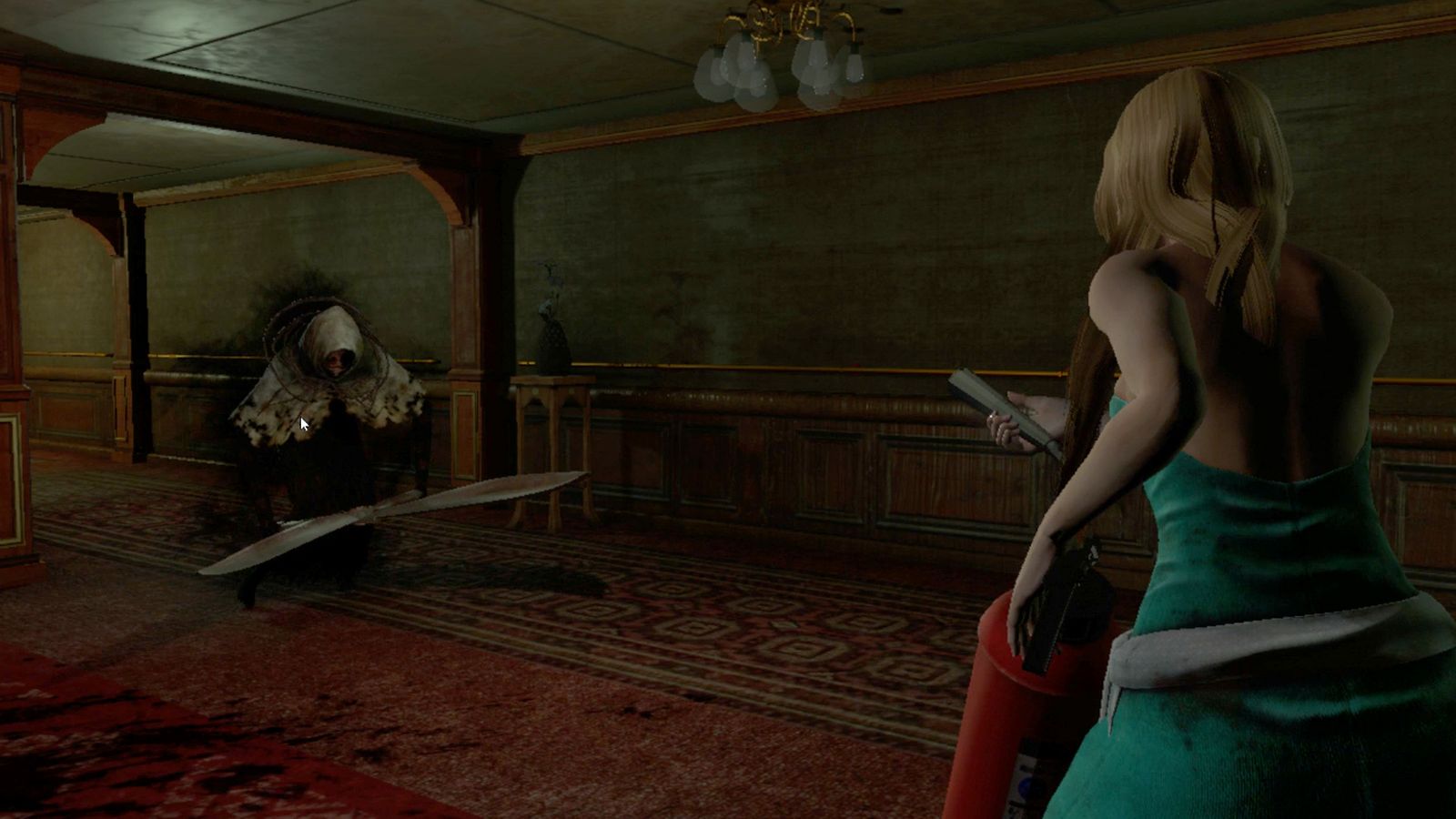 Sometimes nostalgia lies to us!
Sometimes nostalgia lies to us!
Where did all this go so wrong, and will the Kickstarter bubble burst soon?
There were a slew of buzz-worthy Kickstarter campaigns promising old school goodness for lovers of all things early gaming that hit their goals in the past few years.
Some of them arrived to rejoicing backers and generally positive reviews – like Shadowrun Returns, which used its success to release followup Dragonfall without crowd funding at all, and is notable for building up and improving each iteration of the franchise up through the Kickstarted Hong Kong entry.
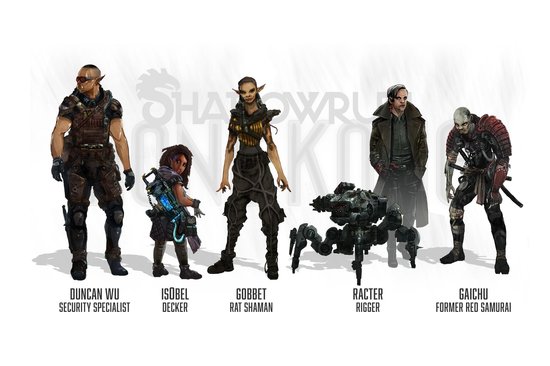 You can’t really go wrong with ghoul ronin and post-human riggers
You can’t really go wrong with ghoul ronin and post-human riggers
Others took their share of knocks though, and perhaps took advantage of crowd funding in questionable ways. Wasteland 2 soared to $3 million in contributions, suffered delays, and then arrived to mixed reviews with a very buggy second half.
Before developer InXile had even released that crowd funded game; however, they returned to the Kickstarter well another time to get even more money for Torment: Tides Of Numenera.
It was a strategy that worked – what fan of classic RPGs wasn’t going to take part in a sequel to Planescape: Torment? – racking in more than $4 million. Of course the timetable for a relatively small developer working on multiple big projects led to just as many delays as Mighty No. 9 ever had.
When Torment made its crowd funding goal in 2013, I made a comment on Facebook about how the late 2014 release date was unrealistic and we wouldn’t be playing this game until 2017 at the earliest. I’ve never received so many negative replies from angry fan boys in all my life — yet here we are, and the game has officially been delayed until 2017.
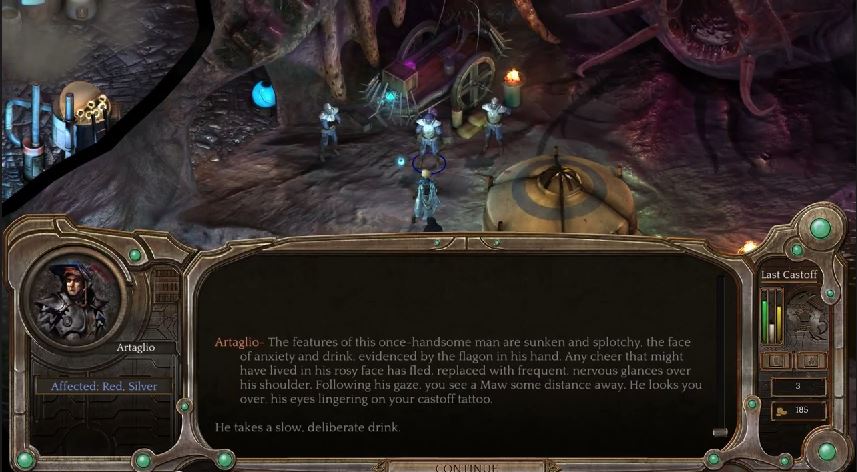 More text-heavy weirdness is coming… sometime.
More text-heavy weirdness is coming… sometime.
Planescape and Numenera fans are taking it better than Mega Man devotees did with Mighty No. 9, but there’s still a good deal of grumbling… and easily some backers who are going to think twice next time before believing an InXile release schedule.
Sadly, InXile didn’t learn from that lesson and again crowd funded a next project before the previous one was done, only netting $1.5 million on the next go around for The Bard’s Tale 4 – less than half what was earned on the previous two games.
The delay problems inherent to crowd funding can get even worse when coupled with the dreaded “Early Access” phenomena. At this point, I expect the post-apocalpytic After Reset to release sometime after Star Citizen in the year 2082. Developer Richard Nixon’s robotic manservants will probably have to complete the game a few generations from now after they develop sentience.
Fortunately, it’s not all gloom and doom on the retro gaming front.
There are currently-running or recently-completed Kickstarters that promise a return to form and an old school experience, as well as realistic expectations and a lack of feature creep from stretch goals.
Most notably, Lovecraft and Heroes Of Might Magic fans should be looking out for Stygian: Reign Of The Old Ones, while lovers of all things isometric and cyberpunk have Copper Dreams to look forward to soon.
What Can Developers (And Backers) Learn From This Mess?
Managing expectations and handling delays openly and honestly with fans are absolute musts if crowd funding is going to keep on chugging along.
The huge amount of features that were pitched to potential backers for Mighty No. 9, along with the wide range of platforms the game was developed on, unquestionably led to the frustrating delays that didn’t need to happen – or at least didn’t need to be handled so poorly.
Marketing, keeping fans apprised of changes, and a clear idea of what the end product is going to actually look like are other areas where No. 9 flopped hard.
The game’s launch trailer is trying to edge out Infinite Warfare for most dislikes for a variety of reasons, one of which was the line “Make the bad guys cry like an anime fan on prom night.” Personally, I laughed. All the anime fans who lacked a date for prom night didn’t.
That silly slogan wasn’t the biggest offender though: the lack of graphical polish was the real problem.
As many have pointed out, the evaluation test engine test, which was used to pull in backers for the Kickstarter campaign, actually looks better than the finished product in some ways.
Pulling an Alien: Colonial Marines switcheroo is never a good idea if you want to keep the fans from revolting.
There’s a strong lesson to be learned here in setting realistic goals and not overselling what can be delivered in a timely manner in hopes of gaining more capital from fans. That’s the heart of the matter, as unlike with other business partnerships, fans who back a crowd funding campaign really have no say in what happens next.
When a crowd funded project goes bad, there’s nothing for backers to do and no way to recoup losses. Kickstarter isn’t Walmart, or even GameStop. It’s right there in black and white when you back a project – it may not be released, and you may never get your money back, just like with a real investment where you have a financial stake.
This is something Star Citizen fans are learning the hard way, when the developers recently changed the terms of service so you can’t get a refund unless the game doesn’t come out by the end of 2018.
How Does All This Affect Crowd Funding?
After what went down with the highly-anticipated Mighty No. 9, I suspect gamers will be a little more selective in the future — and that’s not necessarily a bad thing. Not every crowd funding campaign deserves to hit its goal, and not every team is prepared to actually take their concept to stable release on schedule.
On the whole though, there have been enough pleasing releases and even extraordinary successes that crowd funding doesn’t seem in any danger of going away. At the very worst, what we are seeing is a culling of those who can’t deliver as promised, and fans will in the future primarily back developers who already have a strong track record.
While that perhaps goes against the spirit of crowd funding (since the whole point is to give money to people with strong ideas and no existing capital), it’s certainly not the worst fate Kickstarter could suffer.
There’s also reason to believe hope in the system may soon be restored, if the upcoming Bloodstained: Ritual of the Night, which resurrects Castlevania in the same way Mighty No. 9 was aiming to resurrect Mega Man, manages to have a smoother release.
 Please actually look like this…
Please actually look like this…
What do you think of the Mighty No. 9 debacle, and has it changed your opinion of crowd funding video games?

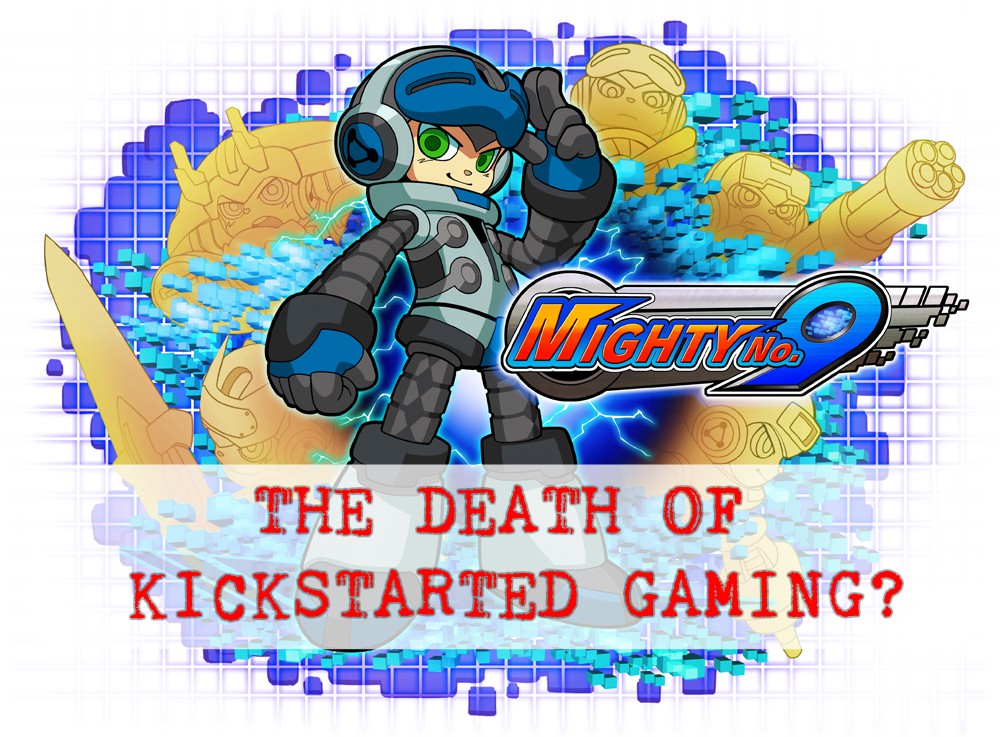
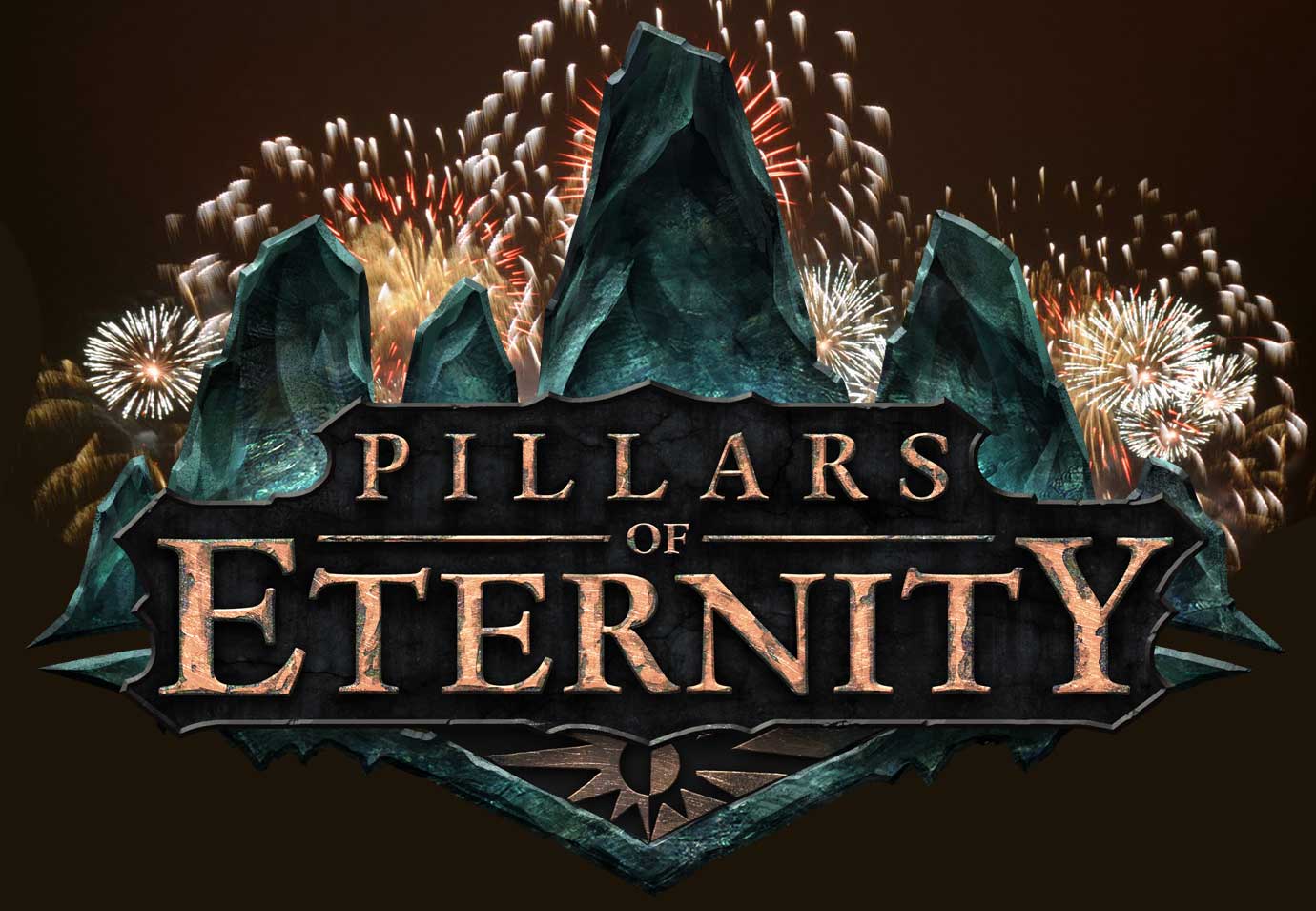
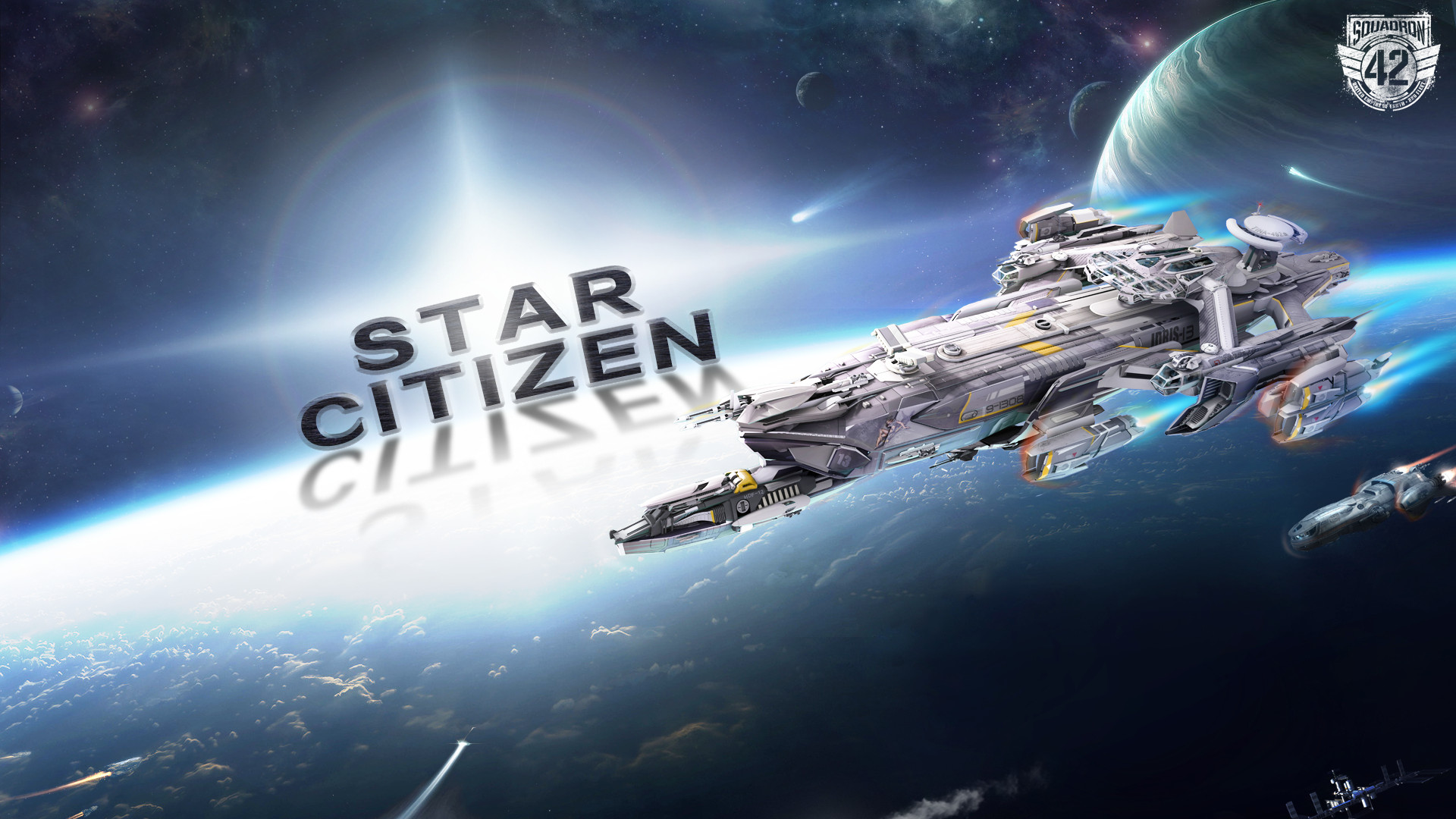





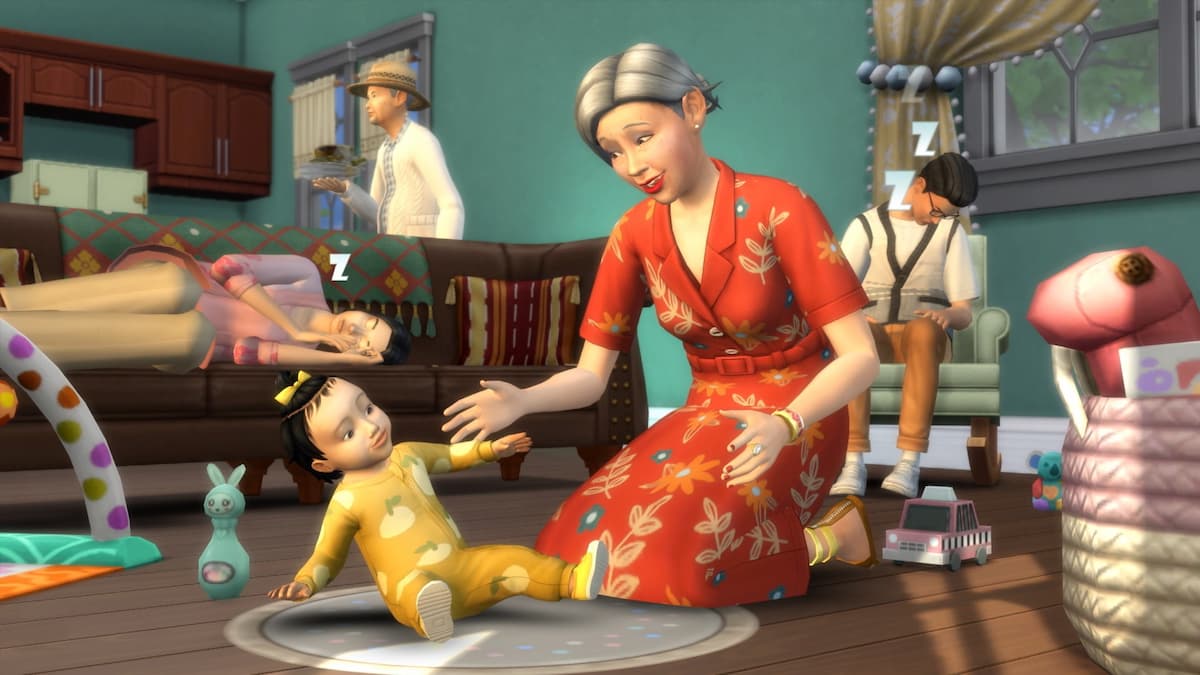
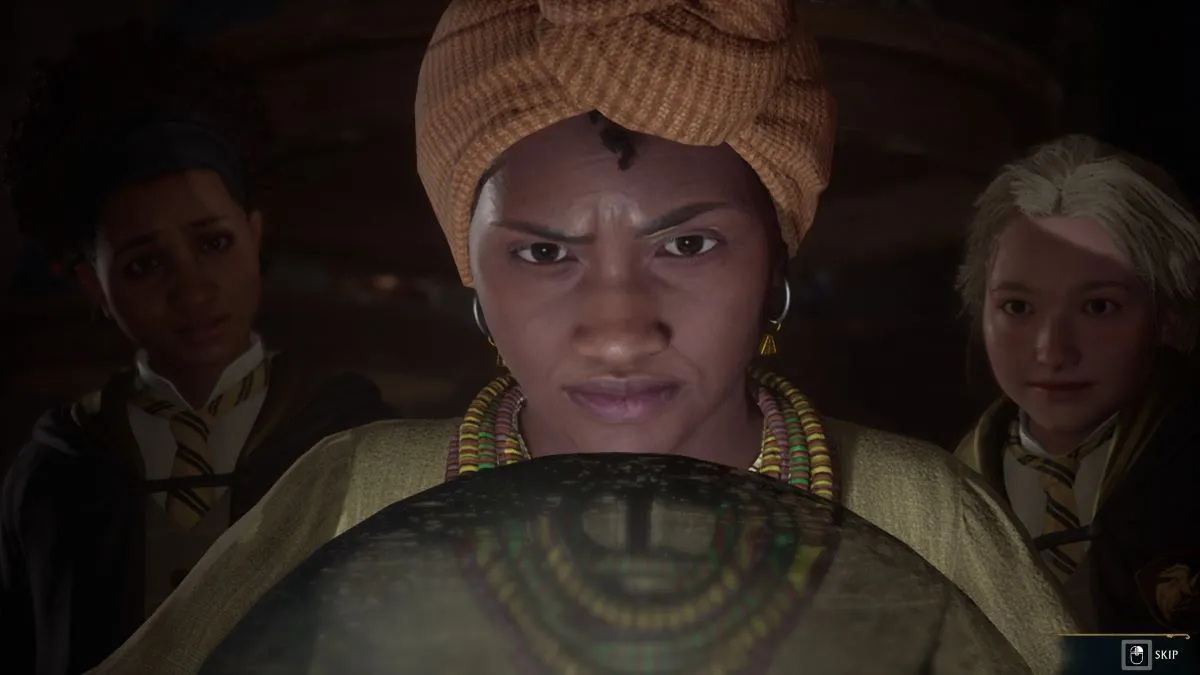
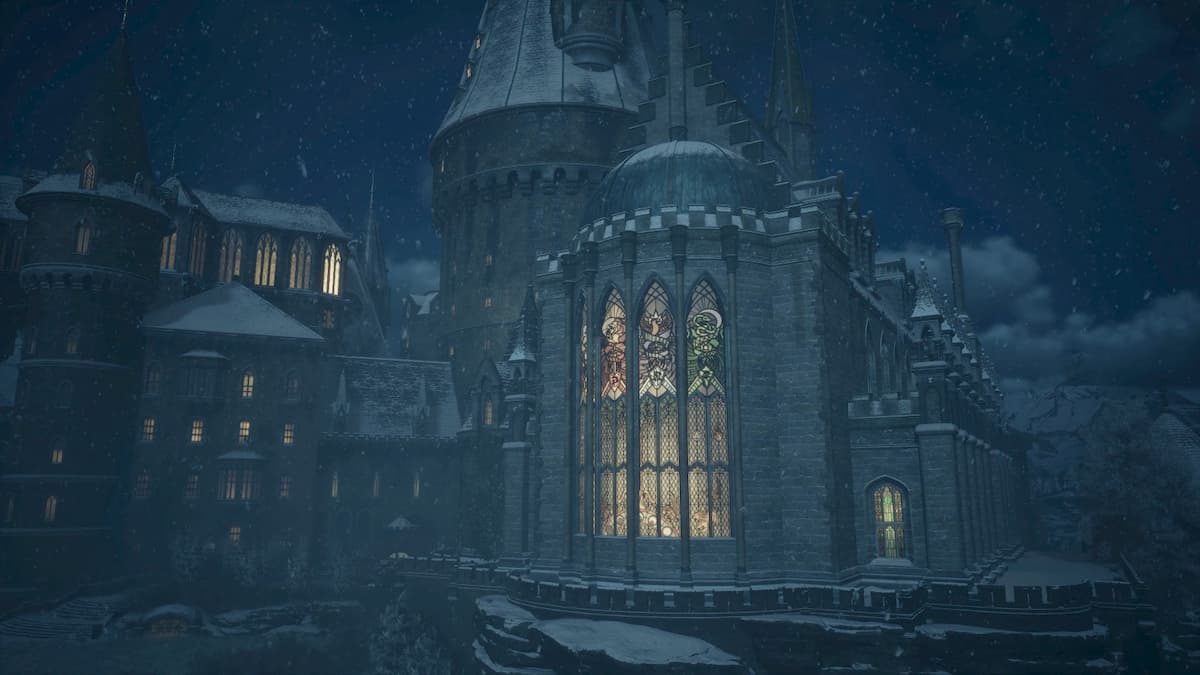
Published: Jun 24, 2016 05:06 pm